The Ultimate Guide to BTS Filmmaking
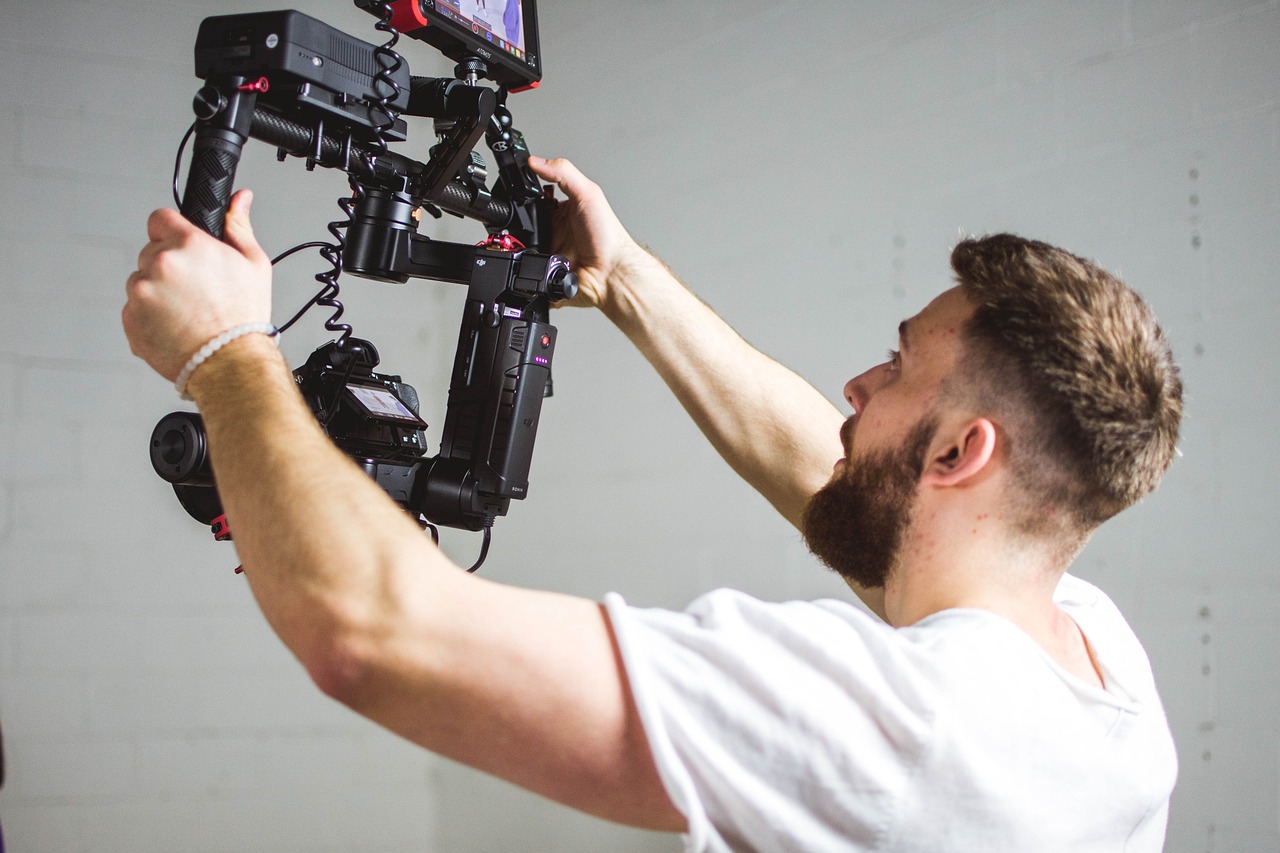
Ever wondered what goes on behind the camera lens during the creation of your favorite movies? Get ready to immerse yourself in the fascinating world of BTS filmmaking. BTS, or Behind The Scenes, filmmaking focuses on capturing the authentic, raw footage of the filmmaking process, offering viewers an unfiltered glimpse into the creative endeavors that compose the stunning narratives we see on screen. Powered by the digital revolution, BTS filmmaking has grown to become a vital cog in the film production machinery, serving as evidence of quality production standards and creating engaging, supplementary content for marketing purposes.
Beyond being a passive observer, a BTS filmmaker plays an instrumental role in the production realm. This profession demands adaptability and flexibility, as the narrative of a BTS film is often as fluid as the main storyline. With this guide, we aim to simplify the complexities of BTS filmmaking into easy-to-understand sections, from getting the basics right, understanding your key equipment and choosing your location, to the technical aspects such as framing your shots and managing your lighting. Buckle up and dive into the compelling arena of BTS filmmaking!
The Need for BTS Filmmaking
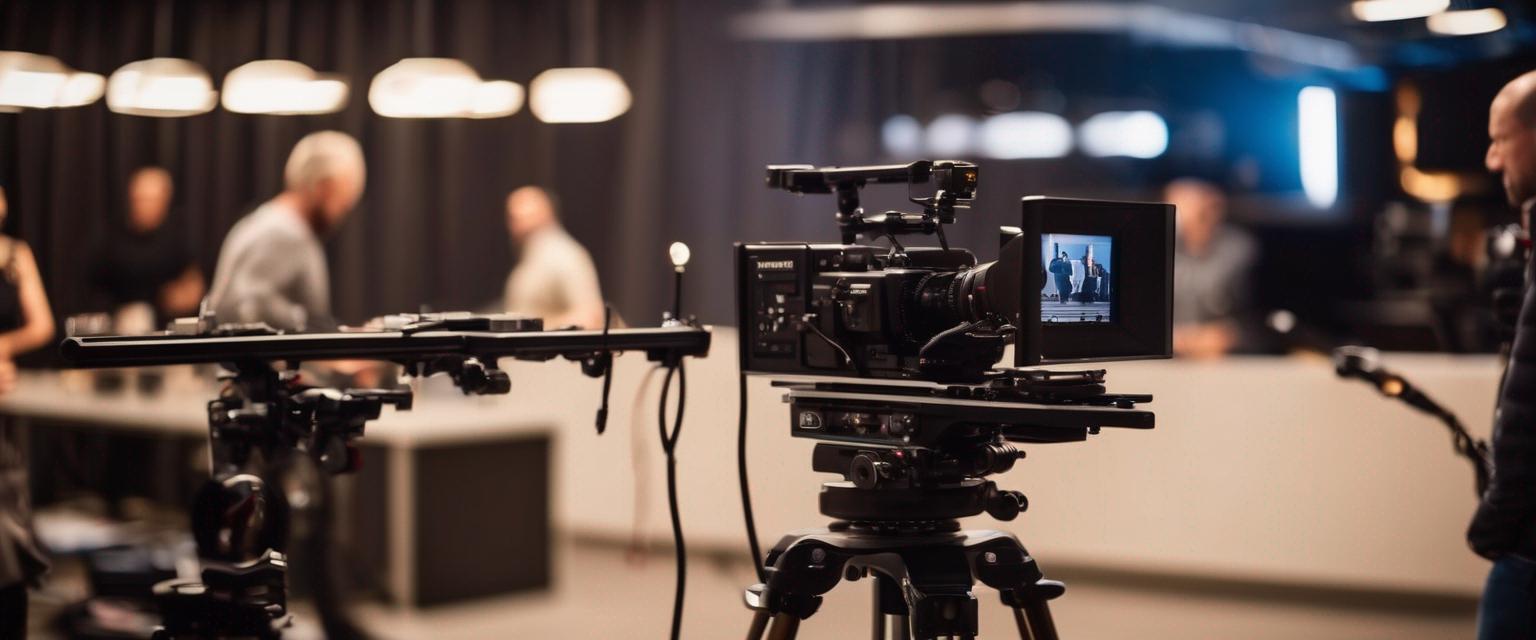
The necessity of bts filmmaking stems from multiple factors, primarily in two critical areas: maintaining production quality and enhancing film marketing efforts. BTS filmmaking, doesn't merely capture the surface level workings of a movie set but delves deeper—an act, which in turn, provides visual proof of the high quality standards adopted during production. This evidentiary material proves pivotal when seeking partnerships with potential sponsors or collaborators, affirming them about the production's commit to high standards.
Beyond this, BTS filmmaking supports the creation of additional content that can be effectively used for marketing and promotion. This footage offers an inside peek into the film's making, fostering a stronger connection between the film and its audience. As spectators gain a glimpse of the immense effort, time, and creativity that goes into the on-screen magic, they grow more invested in the film—raising anticipation for its release and propelling ticket sales upward.
In essence, BTS filmmaking serves as a valuable tool in both verifying the quality of a film's production process and creating engaging promotional material. It’s not merely about catching amusing outtakes or candid actor moments. It unearths the untold story behind every frame, revealing the sweat and toil that makes the final output an art form. By enlightening viewers about this process, BTS filmmaking fosters an appreciation for the craft and builds anticipation for the final product, proving immensely beneficial in modern cinematic landscape.
Understanding the Basics of BTS Filmmaking
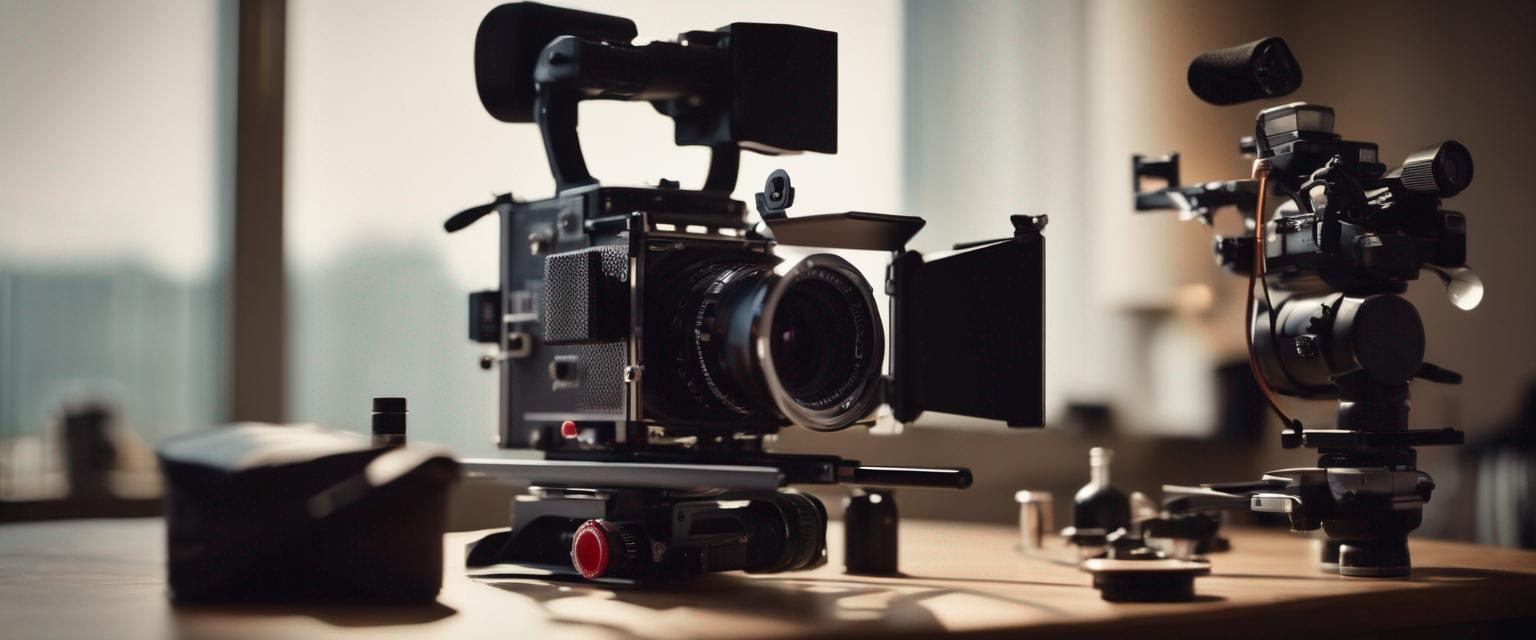
From the first take to the last film edit, bts filmmaking plays an integral role in the movie industry. The primary task of a behind-the-scenes filmmaker includes capturing the real-time, unfiltered moments of film productions. This responsibility requires more than just technical prowess—it requires a high degree of flexibility and adaptability. On a typical day, a bts filmmaker may find himself documenting impromptu interactions, managing disruptions, or altering the shooting plan due to unexpected weather changes. For instance, during the filming of The Revenant, the crew was forced to adapt to harsh, unpredictable weather conditions. The flexibility shown by the bts filmmaker's ability to continue documenting, despite these challenges, ultimately led to a compelling behind-the-scenes narrative that resonates with audiences.
Filmmaking can be unpredictable, and the role of a bts filmmaker is no exception. Part of the job involves constantly adapting to changing environments. Learning how to navigate these situations is crucial to capturing the unique essence of the film production process. This need for flexibility extends to their ability to respect the boundaries of the main production, as interfering could negatively impact the film's progress. These considerations exemplify the importance of adaptability in bts filmmaking—being able to quickly shift gears and change focus to capture the next great shot.
Key Equipment
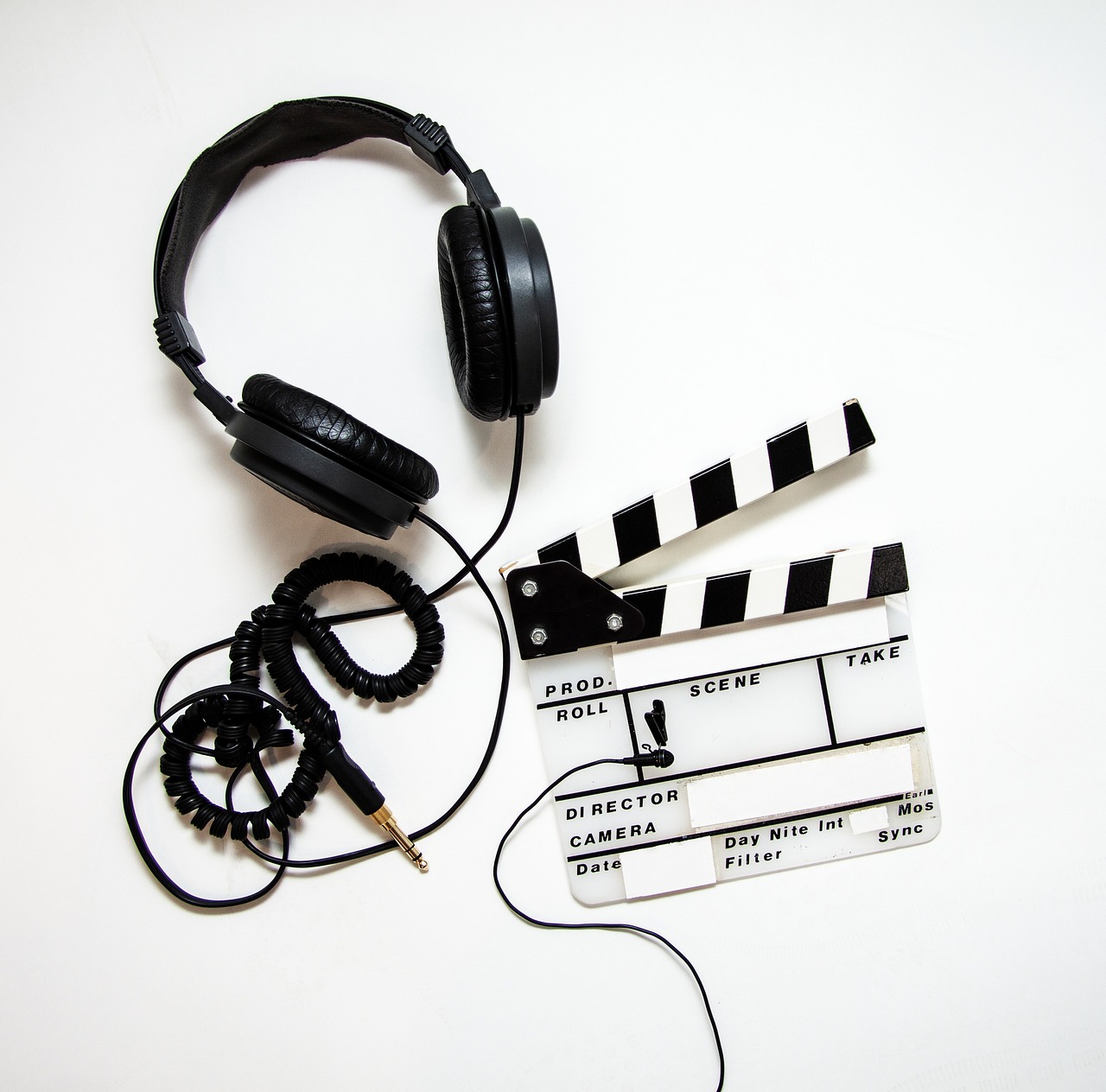
Keeping the right bts filmmaking equipment at your disposal is essential. An important first step in this regard is having a varied camera kit. Investing in diverse camera models can cater to different requirements. Some scenes might require a large-format camera for high-quality shots, while more nuanced moments might benefit from a compact point-and-shoot. Additionally, never undermine the value of audio capture equipment. While the video tells the story, quality audio enhances the viewer's overall experience. Microphones and sound mixer equipment, therefore, hold a significant place in bts filmmaking.
In your gear package, avoid overlooking the importance of stabilizing equipment such as gimbals. In bts filmmaking, you don't always operate in controlled settings, resulting in shaky footage at times. Gimbals help in capturing smooth motion sequences and reducing the shakiness inherent in handheld footage. Remember, seamless footage can draw viewers in, making them part of the action instead of mere observers.
Another fundamental factor to consider when gathering your equipment is its weight and portability. BTS filmmaking often means being on the move constantly—maneuvering through crowded sets or following the action in real-time. Therefore, excessively heavy or bulky equipment can become a hindrance. Lightweight and compact equipment that doesn’t compromise on quality or performance is an investment worth making.
To sum up, when it comes to equipment for bts filmmaking, diversity and quality are key. From cameras to audio equipment, stabilizers to well-designed gear, each element plays an integral role in bringing the vision to life. Remember, your equipment not only serves a functional purpose, but should also inspire your creativity and storytelling skills. Be thoughtful in your selection and treat your carefully chosen kit with the care it deserves.
Planning Your Project

Planning your BTS filmmaking project begins with meticulous pre-production planning. The process kicks off with a detailed script review. It's crucial to understand the main film's shot list, as this will influence your behind-the-scenes footage. Use the script and shot list as guidelines for highlighting the most compelling scenes and the ones that offer a unique perspective into the filmmaking process.
Next, work out the best timings and locations for capturing your behind the scenes footage. This is not limited to physical locations alone; it extends to the emotional space of the cast and crew, key production moments, and even logistical details such as the director's commentary or set design. Several factors need to be considered while planning your timing, such as the lighting, the mood of the scene, and the availability of the cast and crew.
Keeping a pulse on the production timeline is paramount to successful BTS filmmaking. It gives you an idea of when specific scenes will be filmed, allowing you to plan your filming schedule effectively. However, flexibility is crucial because plans can change quickly on a movie set. Shoot an engaging mix of spontaneous and planned shots to create a dynamic and captivating BTS film that gives your audience a genuinely immersive experience.
Getting the Best Shots
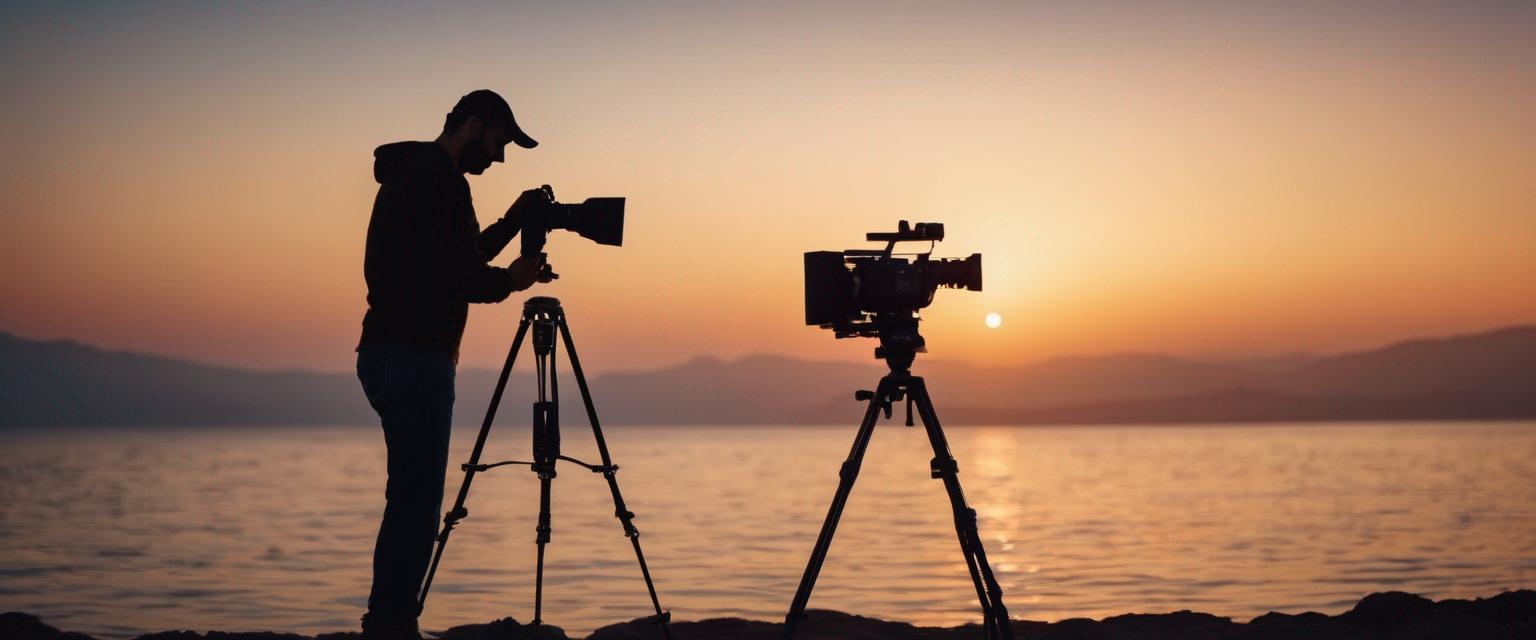
In the realm of bts filmmaking, the art of capturing compelling imagery begins with the appropriate framing of your shots. With a clear understanding of the narrative you're supporting, each frame can deliver impactful, visual commentary that complements the main production. Picture a sweeping shot that pans across the entire set, or a critical overhead view capturing the cast and crew absorbed in their respective roles. These are just a few instances that demonstrate how framing can cinematically bring the behind-the-scenes story to life.
Equally crucial to bts filmmaking is the notion of timing. This concept goes beyond just understanding the main production schedule, but delves into photographic timing aspects such as the 'Golden Hour'. During these brief periods, occurring just after sunrise or before sunset, the sun casts a soft light that can imbue your shots with an ethereal, cinematic ambience. Capturing these instances with finesse can propel your behind-the-scenes footage from simple documentation to an extraordinary visual narrative seamlessly integrated with the main film.
Lastly, think about how the combination of framing and timing can transform seemingly routine behind-the-scenes action into a cinematic spectacle. For instance, utilizing the 'Golden Hour' to capture a silhouette of the director in deep conversation with an actor can elicit a striking image. Combining these strategies, a bts filmmaker can create a mini-documentary masterfully integrating narrative elements to support and enhance the main film. In effect, it's about capturing moments that reflect the heart of the main production, its creative spirit, and the people who bring it to life.
Importance of Sound

In the area of bts filmmaking, the quality and integrity of sound is paramount. It's essential to capture clear and high-quality sound, as it adds authenticity to the scenes and can dramatically enhance the viewing experience. Poor sound quality can distract the viewer and diminish the rawness and immediacy of the behind-the-scenes footage. Being equipped with high-quality sound recording devices such as a boom mic and lavalier mics can make a significant difference.
The application of these mics, however, varies from scene to scene and understanding this distinction can optimize the audio quality in the final output. For instance, a boom mic, because of its directional characteristics, would be more suitable for scenes where the direction of sound is concentrated, such as an interview. On the other hand, lavalier mics, being small wearable devices, would be ideal for scenes involving movement where capturing sound from a specific actor or subject is critical. Such a device can provide the intimate and detailed sound that is so essential to bts filmmaking.
BTS Filmmaking Techniques and Tips

When it comes to BTS filmmaking, utilizing various techniques and adopting helpful tips can significantly elevate the content. For instance, close-ups are an effective way of communicating intense emotions. By focusing on the expressions and response of the subject up close, viewers can empathize more directly with the actors' emotions and experiences. Whether it's a subtle smile, a tear-filled eye, or a look of awe, zeroing in on these fragments can draw out powerful reactions from the audience.
Similarly, it's essential to not forget the background details when capturing footage. Whether it's the natural environment or a meticulously crafted set, revealing the background can help establish context. Providing viewers this extra layer of information prompts them to explore and understand the narrative beyond what is directly shown to them. Thus, it's crucial to find a balance between close-ups and wide shots to encompass all essential elements of the scene.
One cannot overlook the fact that these various techniques should be supplemented with good storytelling. A BTS film should craft its unique narrative that complements the main film. Remember, the purpose is not merely to show what's happening behind the scenes but also to convey the story from a distinct perspective for the audience.
Finally, any successful behind the scenes filmmaker understands the need to adapt and evolve. With changing trends and technological advancements, modifying approaches to BTS filmmaking is inevitable. Constantly learning new techniques, experimenting with creative ideas and indulging in the art of storytelling from behind the lens can hon their craft and significantly enhance the value of their BTS films.
Case Study: Successful BTS Filmmaking Accounts
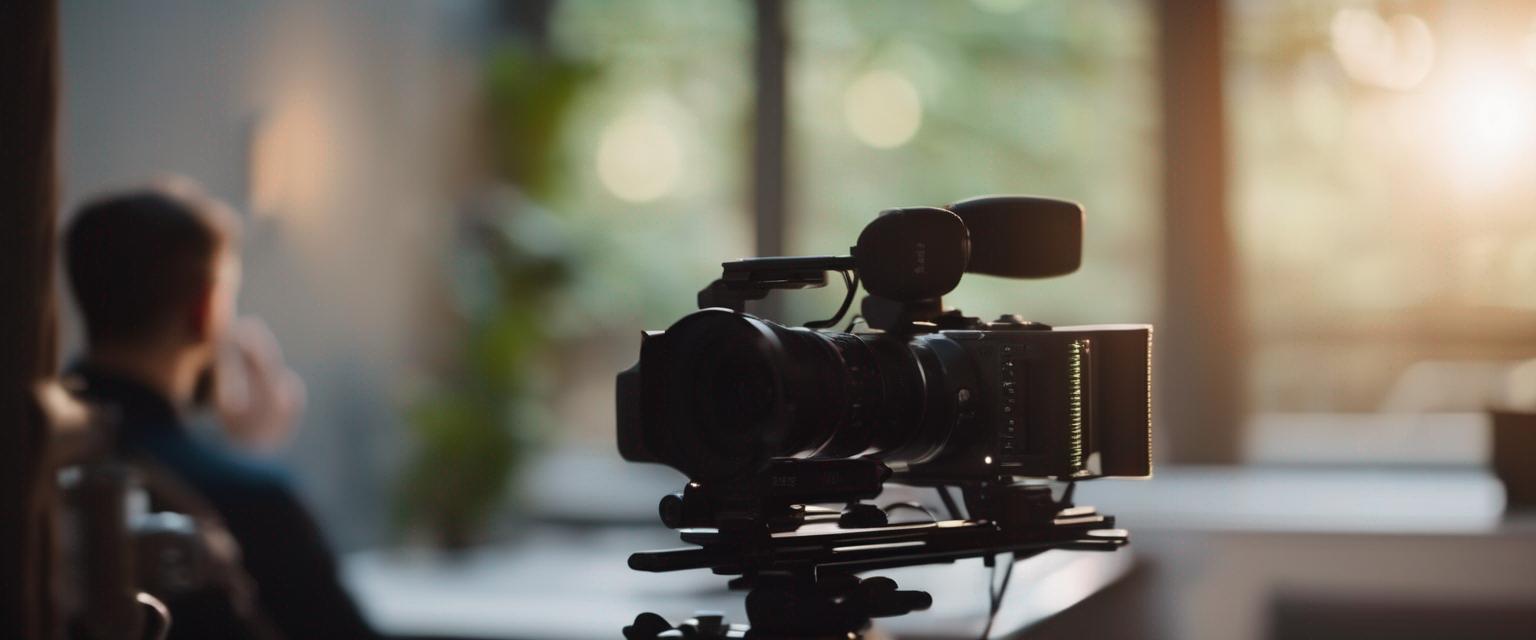
Successful bts filmmaking accounts serve as a rich learning ground for aspiring bts filmmakers, as they provide insights into effective strategies adopted by experienced professionals in the field. A superb example of these accounts is seen in numerous behind the scenes YouTube channels. These channels take the viewer through the complex process of creating a film, revealing the intricacies of filmmaking, including pre-production planning, shot framing, and post-production techniques. The professional quality of the bts videos on these channels, combined with notable viewer engagement, bears testament to the success and influence of these bts filmmaking accounts.
To understand their strategy, it's crucial to break down various aspects of their content. For instance, analyzing video length, release frequency, the structure of the videos, public comments, and viewer engagement analytics can provide invaluable insights. Often, these channels maintain a consistent release strategy, post attention grabbing thumbnails and video descriptions and employ effective SEO practices to maximize reach. It's also worth noting how they tackle the challenge of retaining viewer interest in longer videos by incorporating engaging narrative tactics and visually stunning shots.
Even further learning can be gained from studying successful bts filmmakers who stand at the forefront of the industry. These accomplished professionals have honed their craft over time, developing distinctive filmmaking styles, and deftly overcoming challenges. They offer valuable case studies for lessons in perseverance, artistry, and adaptability. By scrutinizing their body of work, aspiring bts filmmakers can find inspiration and learn diverse techniques that can be applied to improve their skills and possibly carve new paths.
In summary, a thorough analysis of valuable resources such as popular YouTube channels and leading bts filmmakers provides a concrete foundation for any aspiring bts filmmaker. The lessons drawn from these resources not only allow the aspiring filmmaker to learn from the best practices, but they also encourage creativity, critical thinking, and perseverance, which are vital in the constantly evolving world of bts filmmaking.
